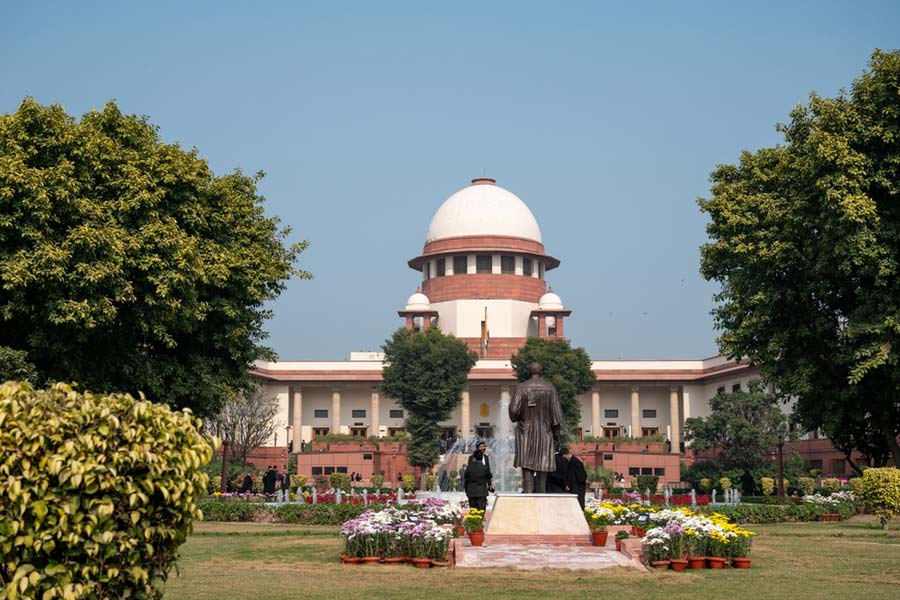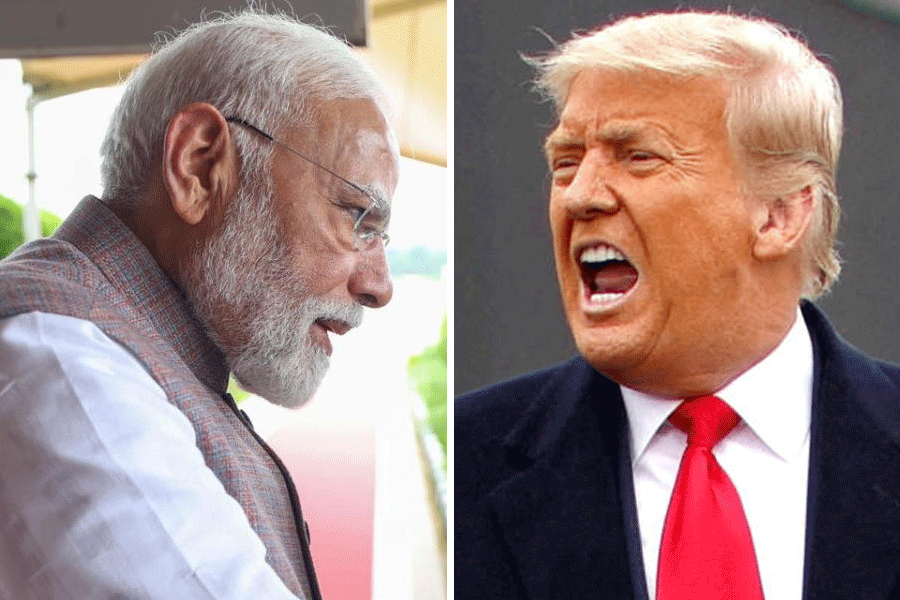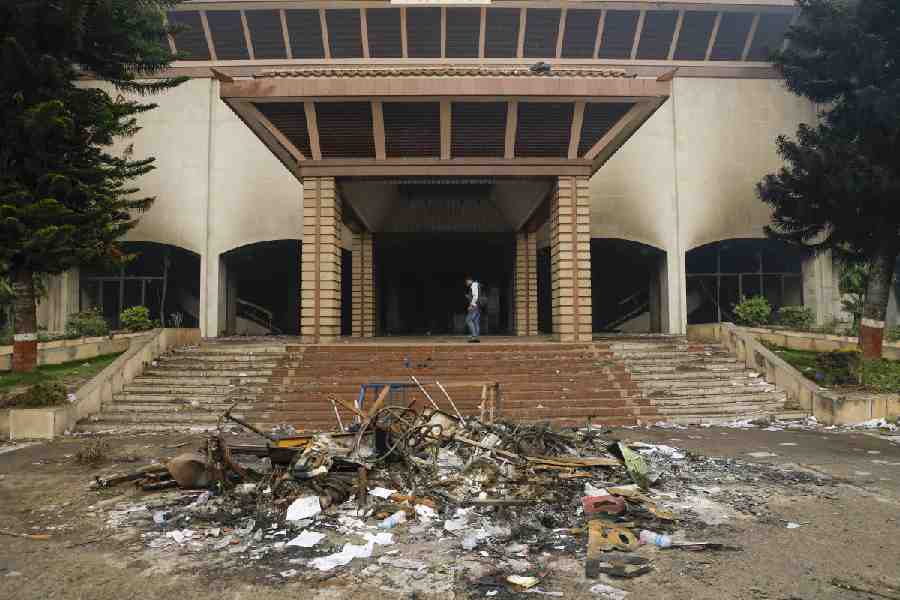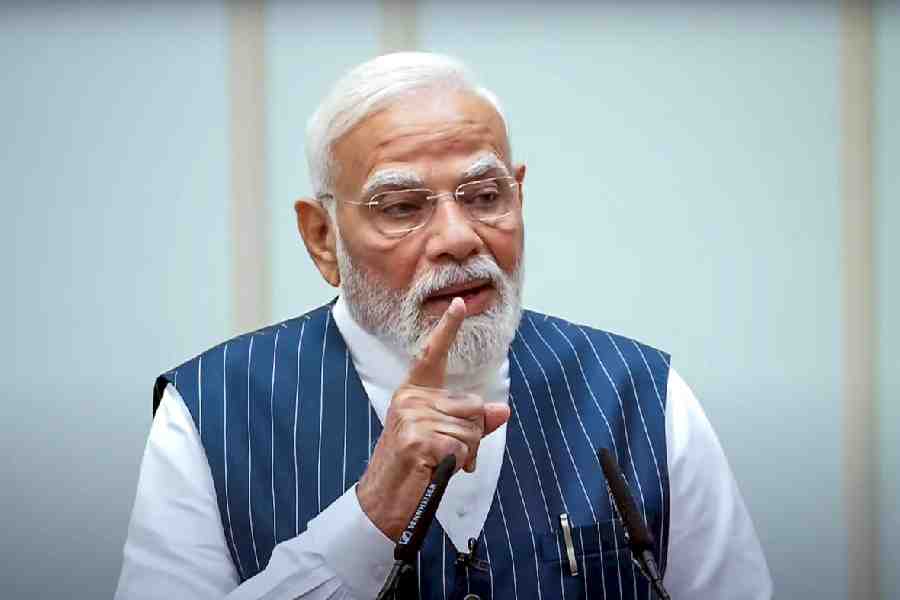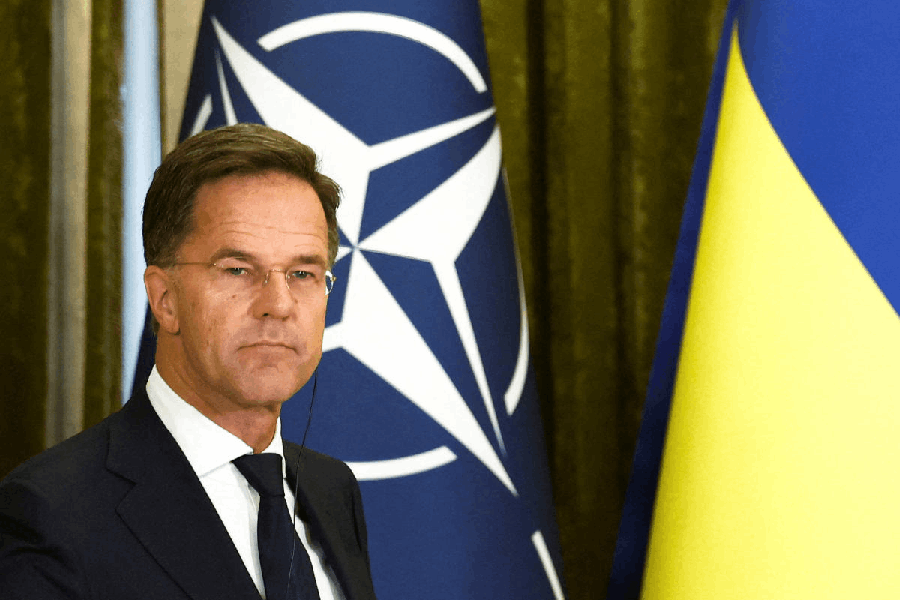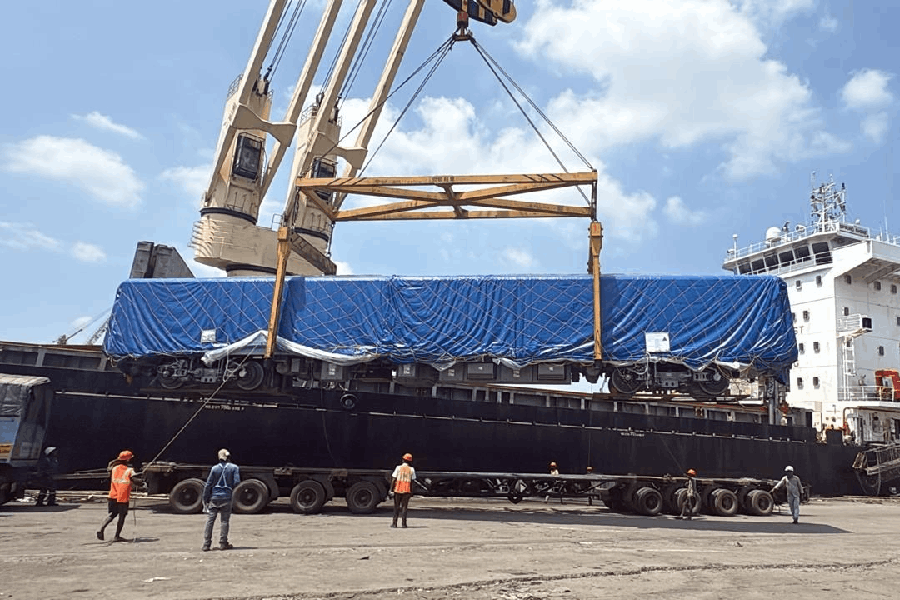Puri, Nov. 11: The pilgrim town is hosting several eminent physicists who are helping young scholars seek answers to the Big Bang Theory, the Higgs Mechanism, the Large Hadron Collider and much more.
The veteran and young physicists are taking part in the Second Asia-Europe–Pacific School (AEPHEP-2014) on High-Energy Physics.
A group of 64 scholars from different countries have gathered here and are engaged in a brainstorming exercise to find out ways of passing the spirit of scientific quest to the next generation. They are also likely to take up collaborative projects.
AEPSHEP is held in the Asia-Pacific region every two years. This is the second event, the first having been held in Fukuoka, Japan, two years ago.
Rohini Godbole, chairperson, AEPSHEP, said: “The purpose of the school is to provide young physicists with an opportunity to learn about recent advances in elementary–particle physics from world’s leading researchers. It also aims to encourage communication among Asians, European and Asia-Pacific–region young researchers.”
While 28 students from India are attending the two-week conference, the rest are from Denmark, Australia, Bangladesh, Belarus, Bulgaria, China, France, Germany, Indonesia, Japan, Nepal, Russia, United Kingdom, Venezuela and Vietnam.
Nick Ellis, chairperson of the AEPSHEP international organising committee said: “This is the age of international collaboration. Without collaboration, no big projects can be taken up. We are taking steps to provide a platform to scholars across the globe to share their ideas and innovation in particle physics.”
“This school, with the personal involvement of the director-general of CERN (the European organisation for particle physics research) and KEK (a similar organisation in Japan), is an example of the commitment of the international particle physics community to promote the advancement of science in Asia in general and in India in particular,” he said.
Rudiger Voss, head of international relations, CERN, said: “Indian scientists are the second largest contingent of scientists from Asia working at the CERN. Indian particle physicists were involved in the Higgs discovery and some are part of the Compact Muon Solenoid experiment and Indian accelerator physicists were involved in the making of the large Hadron Collider. Nowadays, big projects cannot be thought without scientists from any part. The world needs the best minds irrespective of the countries where they originate. The whole world now turns into a big global village.”
Rolf Heuer, the director-general of CERN, said: “It is encouraging to see so many young people interested in science because education and scientific literacy is mandatory to achieve sustainable development goals. It is also mandatory to do this independent of national and cultural boundaries. This school is an excellent example for this.”
Stressing on the need for passing the cutting-edge technology to the scientists of the next generation, leader of the Indian Mega Project (India-based Neutrino Observatory) Naba K. Mondal said: “There is a need to perform experiments at a high-energy electron-positron collider like the planned International Linear Collider as well as the B-factories. We also require study of nature of dark matter as well as properties of neutrinos.”
Mondal said that the treatment in cancer had been possible only because of science dealing with particle physics had reached an advanced stage.
“If steps are not being taken to develop science, the common people suffering from cancer cannot be benefited. Science now even helps in ushering an atmosphere of peace in the world,” he said.
Others speaking on the occasion are Dinesh Srivastava, director, Variable Energy Cyclotron Centre, Atsuto Suzuki, director-general of KEK and Sudhakar Panda, director, Institute of Physics.





